May 22, 2025
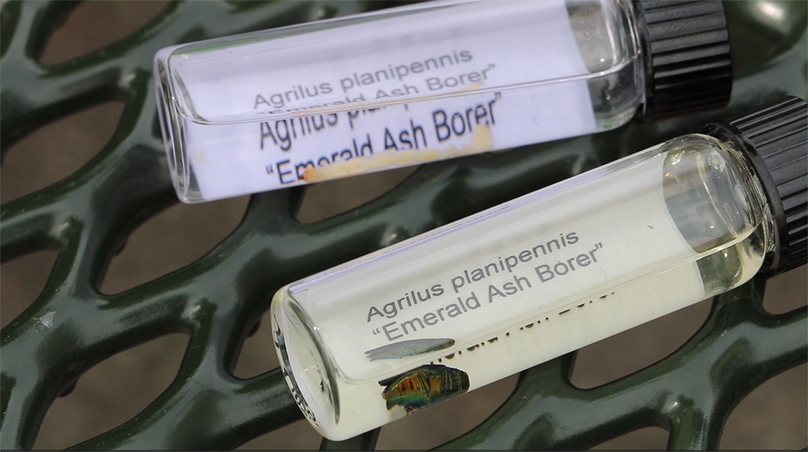
Martha Barwinsky vividly remembers the day back in 2017 when Emerald Ash Borer (EAB) was discovered in Winnipeg.
“It was a feeling of dread,” our City Forester said. “We had a service request come in about a tree that was looking really weird, the woodpeckers had been all over it, and the bark was very light from the woodpeckers pecking away at the bark to find the larvae.”
A closer inspection confirmed the tree was infested with EAB. The invasive beetle is difficult to detect. It attacks ash trees from the inside and can cause them to collapse suddenly.
Barwinsky shared her recollections of the day during the May 2025 episode of Our City, Our Podcast.
“We called in the Canadian Food Inspection Agency, our colleagues from the province, and everybody just came into Winnipeg,” said Barwinsky.
It was just alarm bells going off and we went into full emergency response mode.
The invasive beetle is a significant threat to urban forests all across North America. Surprisingly, the infestation hasn’t spread as quickly here as it has in other cities.
“Even to this day, we really don’t know what’s happening,” she said. “We’re an anomaly.”
Eight years after the first tree was cutdown because of EAB, only about 20 infested ash trees have been removed.
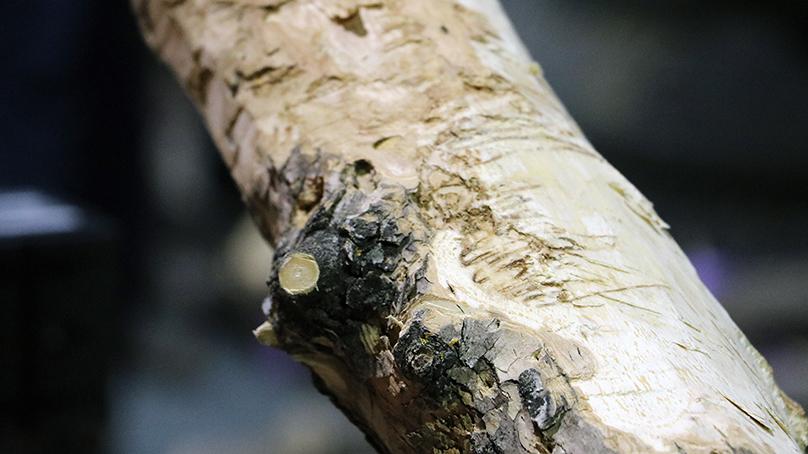
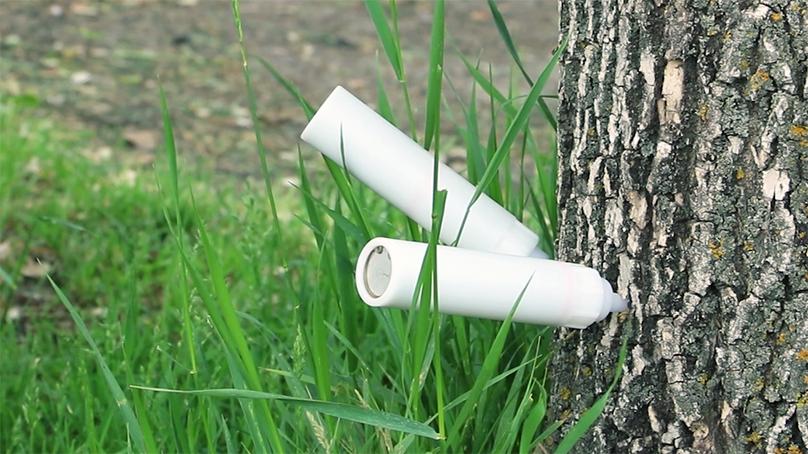
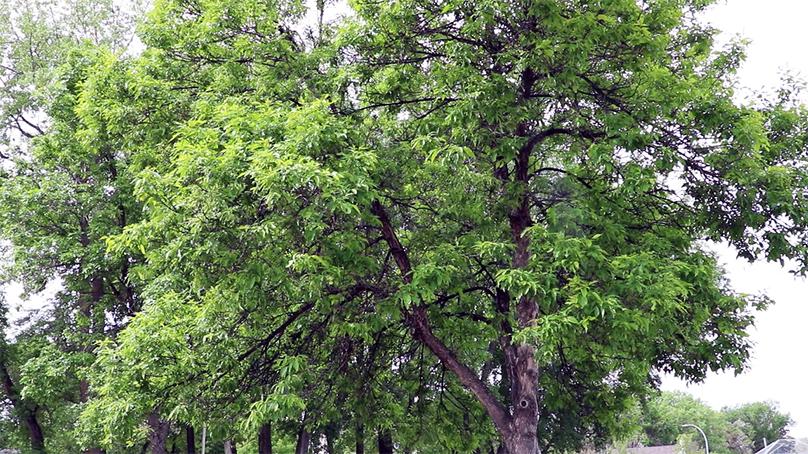
While traps set up around Winnipeg show the beetles are still here, Barwinsky said it appears they are being slowed down by our winter weather.
“We’re finding that our winters are probably affecting the EAB population,” she said. “The population just isn’t able to build as quickly as it has in other regions because of our cold temperatures.”
It’s good news for now but Barwinsky noted the stretches of extreme cold temperatures are getting shorter. Insects can also change.
“We can’t become complacent because we know it’s just a matter of time for the pest to adapt to our climate,” she said.
Slowing the spread
To slow the spread of EAB, crews have been proactively removing dead or dying ash trees on boulevards and in parks. They also inject healthy ones with a botanical insecticide to help prevent infestation.
But our comprehensive ash tree management program can only go so far. Of the roughly 350,000 ash trees in Winnipeg, only a third of them are on public land.
Barwinsky urges residents to regularly inspect their ash trees. Be on the lookout for die-back, D-shaped holes in the trunk, lots of woodpecker damage, or sprouting of new branches along the trunk. If you notice anything unusual, reach out to a certified arborist to assess your tree’s health and safety.
You can let us know about a damaged, sick, or dead tree on public property through our online reporting form.
Our City, Our Podcast
Barwinsky discusses our tree canopy, how her team is managing threats to our urban canopy, and offers helpful tips for planting trees on your property on Our City, Our Podcast. This episode was released in May, 2025.https://share.transistor.fm/e/1b00dd2d
